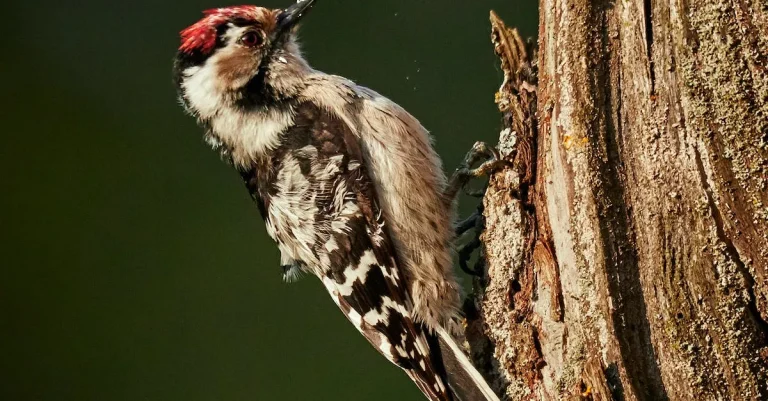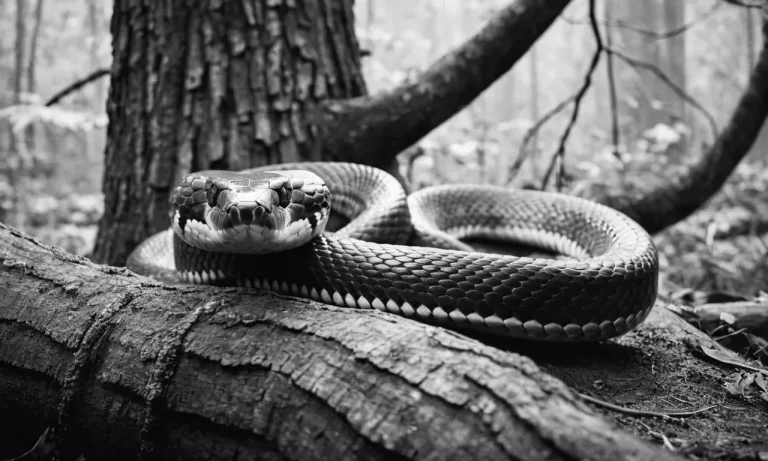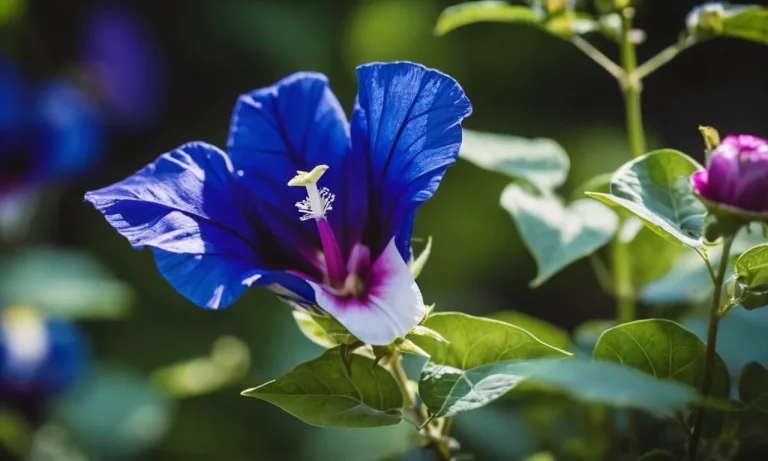Butterflies have fascinated humankind for millennia. Their metamorphosis from caterpillar to winged insect inspires us with the promise of transformation and change. But did you know that different species of butterflies also carry symbolic meaning? If you’ve ever wondered what a butterfly sighting might signify, read on to learn about the various types of butterflies and the meanings associated with them.
Colors and Patterns
Butterflies are known for their vibrant colors and intricate patterns, which play a significant role in their survival and reproduction. These colors and patterns serve various purposes, including camouflage, mate attraction, and warning signals. Let’s explore some of the fascinating colors and patterns found in different butterfly species and their symbolic meanings.
Red Admirals and Passion
One butterfly species that stands out with its striking colors is the Red Admiral (Vanessa atalanta). With its deep red-orange wings adorned with black bands and white spots, the Red Admiral exudes a sense of passion and energy. This butterfly’s vibrant colors are often associated with intense emotions, enthusiasm, and a zest for life. Seeing a Red Admiral fluttering by might serve as a reminder to embrace your passions and live life to the fullest.
Monarchs and Royalty
The Monarch butterfly (Danaus plexippus) is renowned for its regal appearance and majestic flight. Its wings feature a distinctive orange and black pattern that symbolizes power, strength, and royalty. Monarchs are known for their long-distance migrations, traveling thousands of miles to reach their wintering grounds. This remarkable journey reflects their resilience and determination, reminding us that we, too, can overcome challenges and achieve greatness.
Swallowtails and Grace
Swallowtail butterflies, including species like the Eastern Tiger Swallowtail (Papilio glaucus) and the Black Swallowtail (Papilio polyxenes), are admired for their elegance and grace. Their wings are adorned with intricate patterns and vibrant colors, often including shades of yellow, black, and blue. Swallowtails symbolize beauty, transformation, and gracefulness. Their delicate appearance reminds us to appreciate the beauty in the world and embrace our own inner beauty.
Understanding the symbolic meanings behind the colors and patterns of butterflies adds a deeper layer of appreciation for these enchanting creatures. Each butterfly species brings its unique beauty to the natural world, reminding us of the wonders and messages that can be found in even the smallest of creatures.
Geographic Regions
Mourning Cloaks and Resilience
One of the most resilient butterflies, the Mourning Cloak (Nymphalis antiopa), is found in various geographic regions around the world. These beautiful butterflies are known for their dark wings with yellow edges and are often spotted in North America, Europe, and Asia. The name “Mourning Cloak” might sound somber, but their presence brings a sense of hope and resilience. They are able to survive harsh winters by hibernating as adults, emerging in early spring when food sources are scarce. Their ability to adapt and thrive in challenging environments is truly remarkable.
Painted Ladies and Serendipity
Painted Ladies (Vanessa cardui) are one of the most widespread butterfly species, found in every continent except Antarctica. These migratory butterflies are known for their vibrant colors and distinctive patterns. Their presence in different geographic regions symbolizes serendipity and unexpected beauty. The journey of the Painted Ladies is a marvel in itself, with some individuals traveling thousands of miles during their migration. Their ability to navigate vast distances and find suitable habitats along the way is awe-inspiring.
Zebra Longwings and Vigilance
The Zebra Longwing (Heliconius charithonia) is a striking butterfly known for its black and yellow striped wings. Native to Central and South America, these butterflies have also been spotted in parts of North America. Zebra Longwings symbolize vigilance and perseverance. They are known for their ability to detect predators and defend themselves using a toxic chemical produced by the plants they feed on. Their striking appearance and defensive mechanisms make them stand out in the butterfly world.
Behavior and Habits
Skippers and Restlessness
Skippers are a type of butterfly known for their energetic and restless behavior. They are named after their characteristic quick, skipping flight patterns. Skippers are often seen darting rapidly from flower to flower, never staying in one place for too long. This constant movement is believed to be a survival strategy, as it helps them stay one step ahead of predators. Skippers also have a strong preference for sunny areas and are most active during the warmest parts of the day. They are known for their ability to tolerate a wide range of habitats, from meadows to gardens, making them one of the most adaptable butterfly species.
Sulfurs and Sociability
Sulfur butterflies, also known as yellows, are highly sociable creatures. They are often seen in large groups, fluttering together in search of food and mates. This social behavior offers them protection against predators, as their sheer numbers can be overwhelming. Sulfur butterflies are also known for their strong migratory instincts. In some parts of the world, they undertake long-distance journeys, traveling hundreds of miles in search of suitable breeding grounds. These butterflies are attracted to nectar-rich flowers, and their bright yellow coloration makes them easy to spot in gardens and meadows.
Hairstreaks and Camouflage
Hairstreak butterflies are masters of camouflage. These small and delicate creatures have evolved unique wing patterns that help them blend in with their surroundings. Some hairstreak species have intricate patterns on their wings that resemble twigs or leaves, making it difficult for predators to spot them. This form of camouflage is an effective defense mechanism that allows hairstreak butterflies to go unnoticed and avoid becoming a meal. These butterflies are often found in woodlands and forested areas, where their camouflage provides them with a significant advantage.
(Note: For more information on butterfly behavior and habits, you can visit the website of the Butterfly Conservation organization at https://butterfly-conservation.org/)
Conclusion
Butterflies have long captured the human imagination with their beauty and metamorphosis. As we have seen, different species also carry symbolic meaning related to their physical traits and habits. The next time a vibrant butterfly crosses your path, consider the deeper meaning it might represent.






